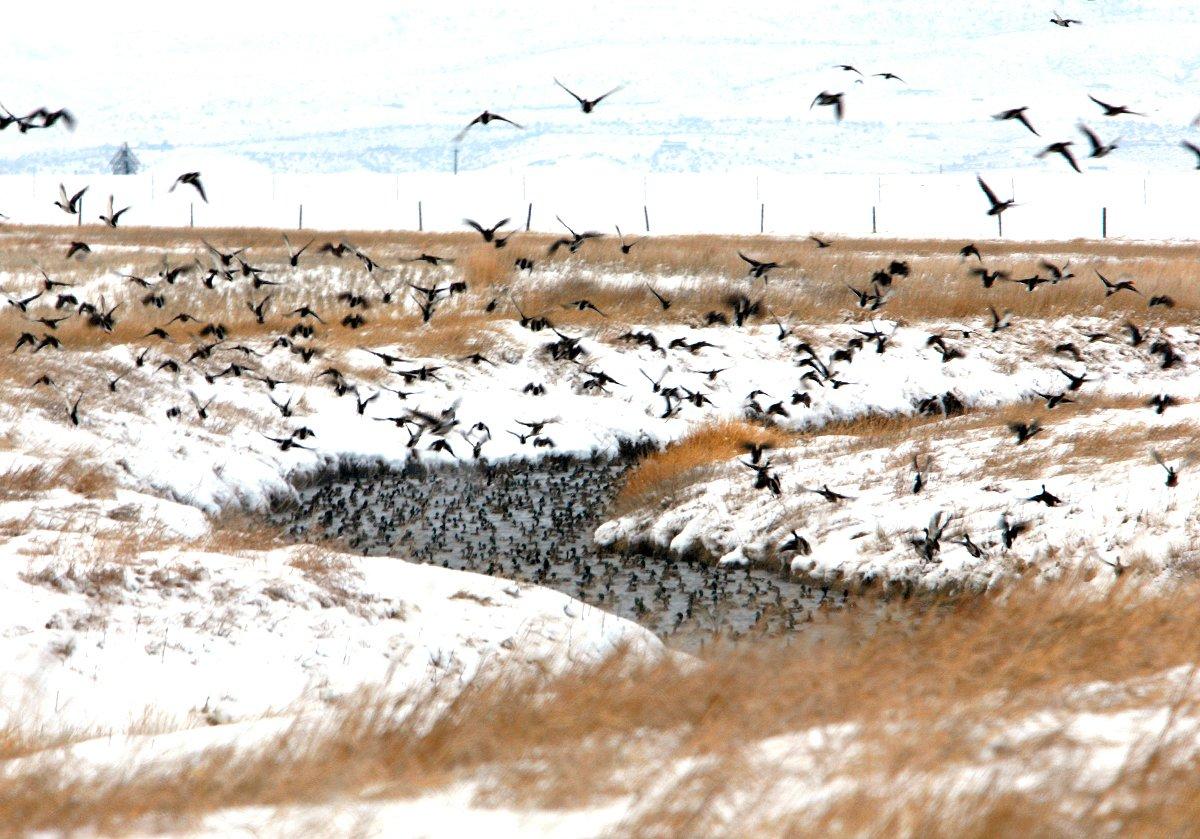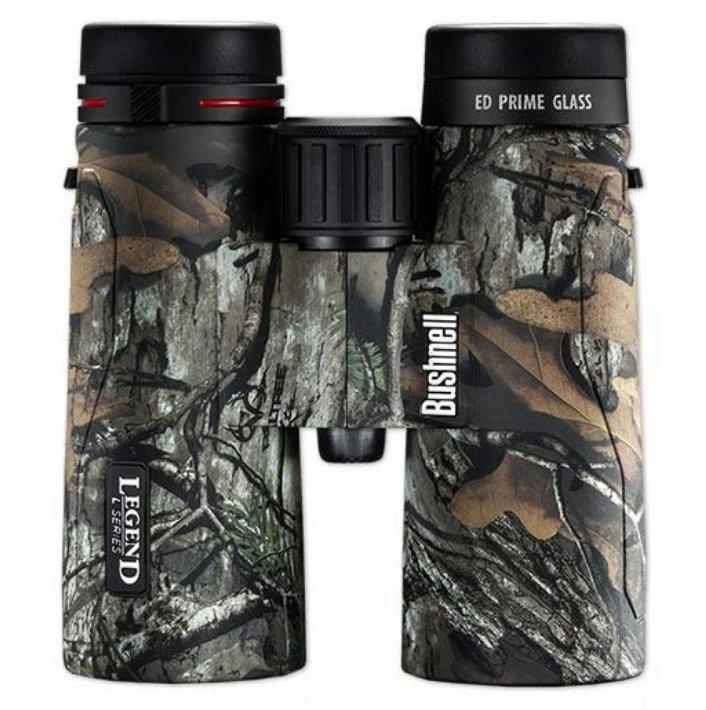This Deer Strategy Has Many Waterfowl Applications
As canoes glided past and boats chugged along the channel, I felt somewhat foolish.
Yeah, I'd beaten everyone to the landing, but I hadn't exactly claimed a classic spot. Instead, I had tucked in along a tree-lined shore about halfway up a narrow bay, with a small open channel at my back. In an hour, the sun would hit me in the face.
That seemingly ripe recipe for failure was intentional. For years on the small flowage, I'd watched ducks zip along that shoreline or fly in and out of the small channel, which connected to a series of potholes. It was almost an intersection of travel routes — something whitetail guys might consider to be a funnel. And I'd never seen anyone hunt there.
Ninety minutes and five ducks later, I picked up my decoys and started the slow push-pole home. The sun? That was never an issue, as it hadn't yet risen higher than the tree line.
My obsession with funnels for puddle ducks had begun.
Defining Funnels
That hunt sparked a realization: Dabbling ducks often follow topographical and water features while flying to and from roosting and feeding areas. True, mallards on big water might fly over miles of nothing to reach feeding or loafing spots, and birds heading from a refuge to a hot field often seem to fly straight up and then directly down to the X. But in areas with abundant vegetation, intermingled waterways or a patchwork of cover, they seem to follow many natural roadways. These flight paths don't actually funnel duck movement like a pinch point narrows a travel area for deer. Instead, many puddle ducks just seem to relate to them.
Common funnels include shorelines, channels, feeder creeks, larger rivers and tree lines. Mallards, teal, black ducks and especially wood ducks frequently travel along these areas, and it's easy to see why.
Ducks are like most birds or animals, said Jeremy Dersham, owner of Ridge and River Running Outfitters, who guides waterfowl hunters in southern Wisconsin and on Pool 9 of the Mississippi River. They only want to burn as little energy as needed. So taking straight lines from roosting areas to feeds are common. Wood ducks are notorious for funnels, from following tree lines and creeks to flying low on the deck in river channels.
Identifying these areas is fairly easy. You can find some potential funnels — including streams, rivers and shorelines — by walking or boating through an area. More subtle features — tree lines, feeder creeks or smaller channels — stand out when you view satellite photos.
Bushnell L Series 10x 42mm Realtree Camo Binoculars
During the summer months, I'm always looking online at different areas using maps — ScoutLook, OnXmaps and others — for small potholes, tree lines and, of course, river channels, Dersham said. Our early season consists of wood ducks, mallards and teal. These birds are normally following funnels of some sort. You just need to find them.
Of course, you also need to study how ducks use these spots. Like a beautiful rock pile with no fish, a gorgeous-looking backwater channel is useless if birds don't relate to it. However, if you see intermittent singles and pairs zipping over that channel, you've probably found an unnoticed hotspot.
Hunting Funnels
Some funnels beg for classic approaches and decoy setups. Others require a different mindset. Remember, these spots are usually travel areas, not destinations. Ducks might zip through them with no intention to land. But as Dersham pointed out, that can be a positive.
If I'm wanting numerous hunts in a certain area, I'm not hunting the roost or the feed but rather the funnel or travel corridor, he said. One of my favorite areas is a small marsh off a little river. We normally have a couple of hundred wood ducks roost along the tree line of the river, and this little marsh holds a good number of birds. The food source is only a mile or so away; a series of small backwaters filled with oaks. When we have a good hatch of acorns, I'm hunting the fringes or pinch points. We may start out pass shooting via funnels or pinch points, which consist of breaks in tree lines or over low-hanging trees from roost to feed areas.
Of course, ducks won't continue braving a gauntlet of shot, so hunters must adapt.
As birds get pressured, they begin to move earlier or gain serious altitude over these funnels, Dersham said. We then set up with small decoy spreads over the different feeding or loafing areas. The key is adjusting with the birds.
Dersham has also found success using seemingly insignificant funnels to run traffic in relatively open situations. The key, as when hunting any funnel, is to identify how birds relate to those features.
Last year, high water changed the feeding areas of early-season puddlers, he said. They adjusted their lines from their normal roost areas to flooded corn fields about 2 miles away. The funnel was a tree line converging into a small fence line. Next to the fence line was a small 5-acre mowed alfalfa field halfway between the roost and feed. One spinner and three decoys resulted in numerous days of great in-your-face decoying of wood ducks and mallards.
Funnels even provide opportunity on the vast waters of large flowages and rivers, such as Dersham's home ground on the famed Pool 9 between Iowa and Wisconsin.
Tree lines off main channels of rivers are other areas I look for, he said. It's very normal to look for hidden bays off river channels to set your favorite decoy spread, but when birds become pressured, I'm looking for those funnels. We use the hunting pressure to our advantage. We stay away from those hidden gems and hunt tree lines off of different channels. When the gunshots start, birds have a tendency to follow tree lines closer to big channels. Our decoy spread may be in or near a bigger channel with plenty of birds wanting to decoy.
Another type of funnel we look for is different pinch points. We've had many memorable hunts off major channels of different rivers where pinch points occur. The river narrows, causing birds to pass over within gun range. These hunts can consist of fast, in-your-face shooting. Birds will be zipping by or locked up and feet down before you know it.
The Funnel Phenomenon
A wise man once said ducks are where you find them, and it's true. Hunt where you identify the best opportunity. However, observe potential puddle-duck funnels, and note how birds use these travel areas, especially when the shooting starts. Further, don't be afraid to set up at these somewhat unconventional areas while other guys are twiddling their thumbs on barren points or burned-out backwaters.
Like Dersham and me, you'll soon realize the appeal of a puddle-duck funnel.
Click here for more Realtree waterfowl hunting content. And check us out on Facebook.









